
Manufacturer: PowerColor
UK price (as reviewed): £239.99 (inc. VAT)
US price (as reviewed): $279.99 (exc. tax)
While the RX 590 can hardly be called the most exciting GPU to have launched given that it is a minor node-shrink remake of the same Polaris GPU used in the RX 580, which itself was an overclocked rebrand of the RX 480, it has reinvigorated the hitherto stagnant upper mid-range graphics market with aggressive price-performance that also comes with an impressive three-game bundle. It’s the best option at the price level it occupies, which puts AMD’s board partners in a favourable position. That said, the XFX Fatboy card didn’t really impress us, so we were keen to see if PowerColor might succeed where XFX fell down.
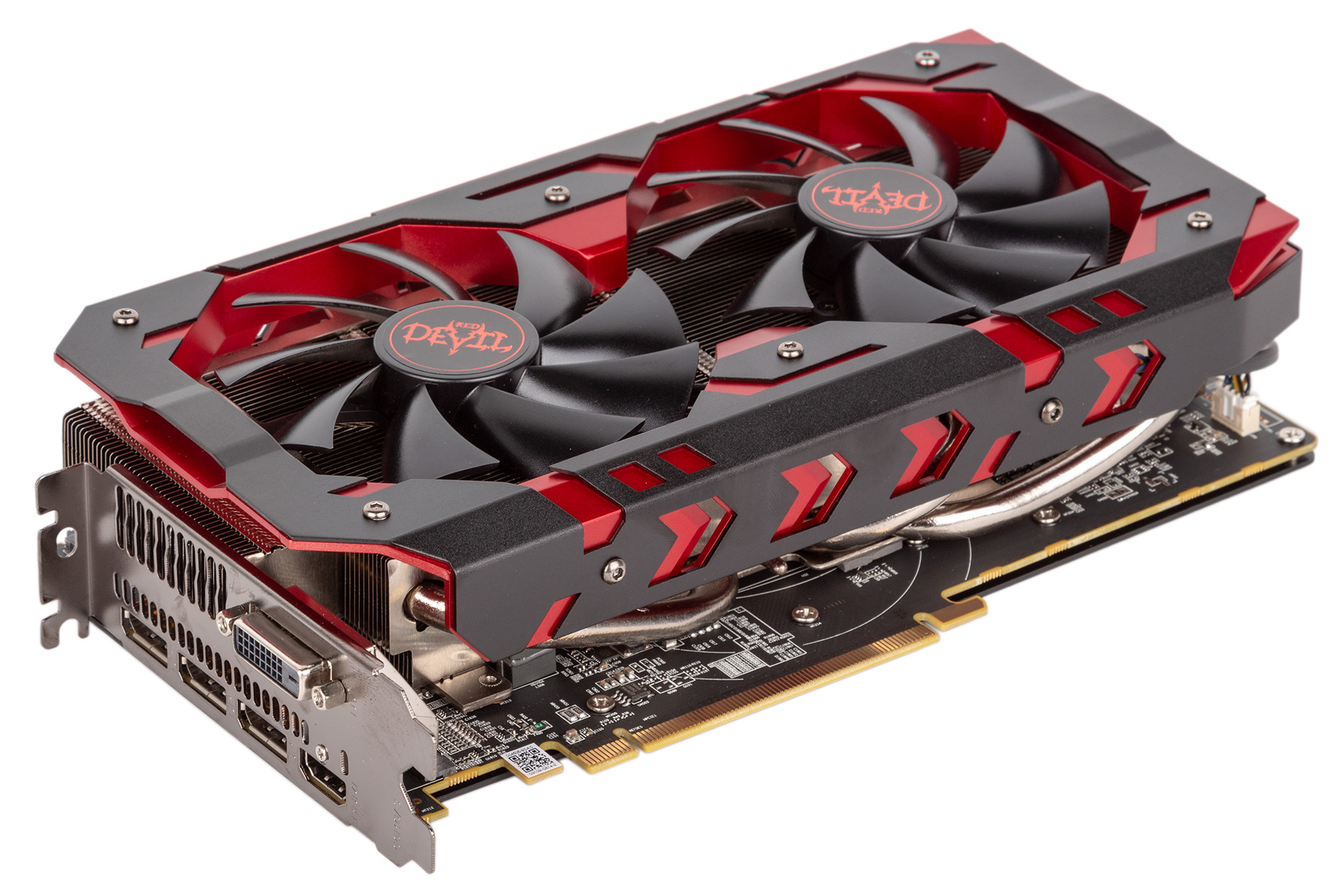
The RX 590 Red Devil is appropriately named, embracing a red and black colour scheme (yawn) wholeheartedly and foregoing RGB LEDs completely. It does feature a single red backlit logo along the top, although control of this is binary and entirely hardware-based using a small switch just beneath the backplate. Amusingly, the Red Devil is chunkier than XFX’s Fatboy, although it is shorter. It uses a two-fan cooler design and will take up three expansion slots on your motherboard.
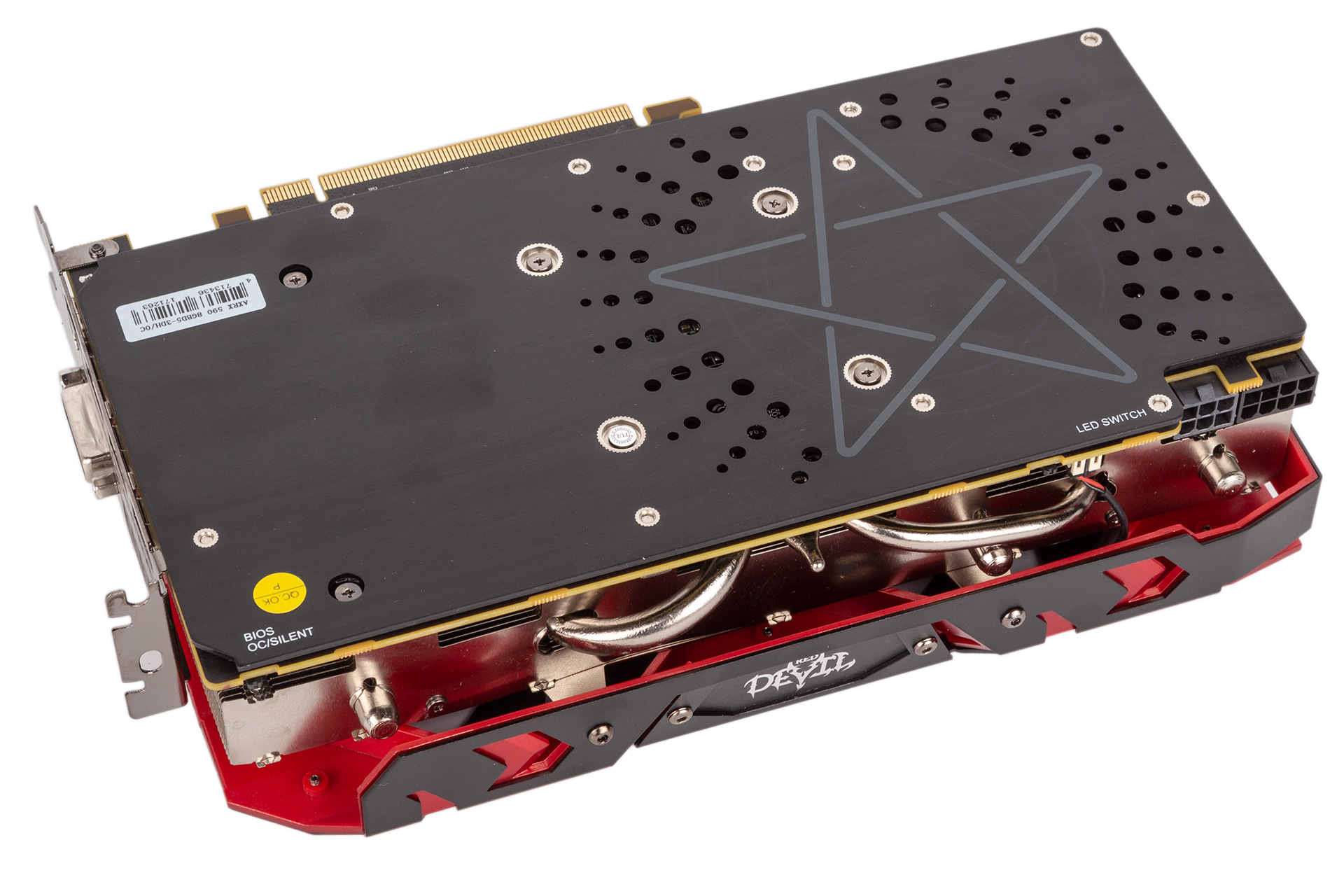
As well as the LED switch, the card comes with a dual-BIOS switch used to toggle the card between the default ‘Ultra OC’ mode and ‘Silent OC’ mode. The default profile includes an overclock of two percent, raising the boost clock from the reference speed of 1,545MHz to 1,576MHz (4MHz below the XFX Fatboy), and it also targets higher fan speeds and a lower temperature. The ‘Silent OC’ mode is a misnomer, since the boost speed here is not overclocked; it simply goes down to reference, while the cooler fans will spin quieter and the GPU will be permitted to get hotter.
Build quality is high here; there’s a real robustness to the card thanks in part to the metal backplate (complete with pentagram branding…) and in another part to the metal that’s used to reinforce the red plastic cooler shroud. Sadly, the backplate isn’t used for direct cooling of the card, as there are no thermal interface pads between it and the PCB.
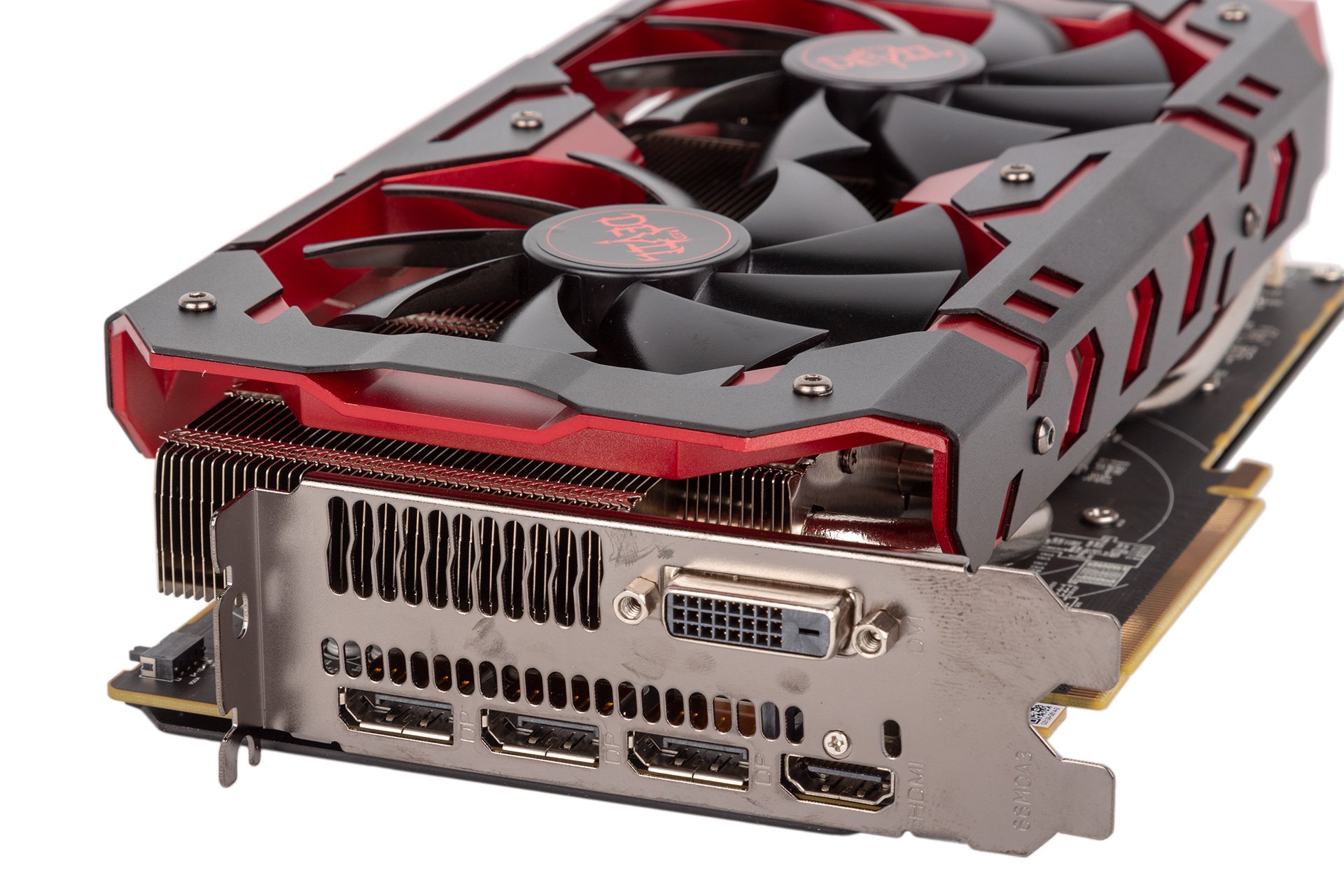
Three DisplayPort headers are, as usual, joined by one apiece of HDMI and dual-link DVI-D, so very few people will be left wanting.

The eight-pin/six-pin PCIe power plug combo has a useful indent to prevent cables poking out too far, and it will be easily sufficient for the card’s power requirements. No adaptor cables are supplied in the box, so check that your PSU is up to scratch.
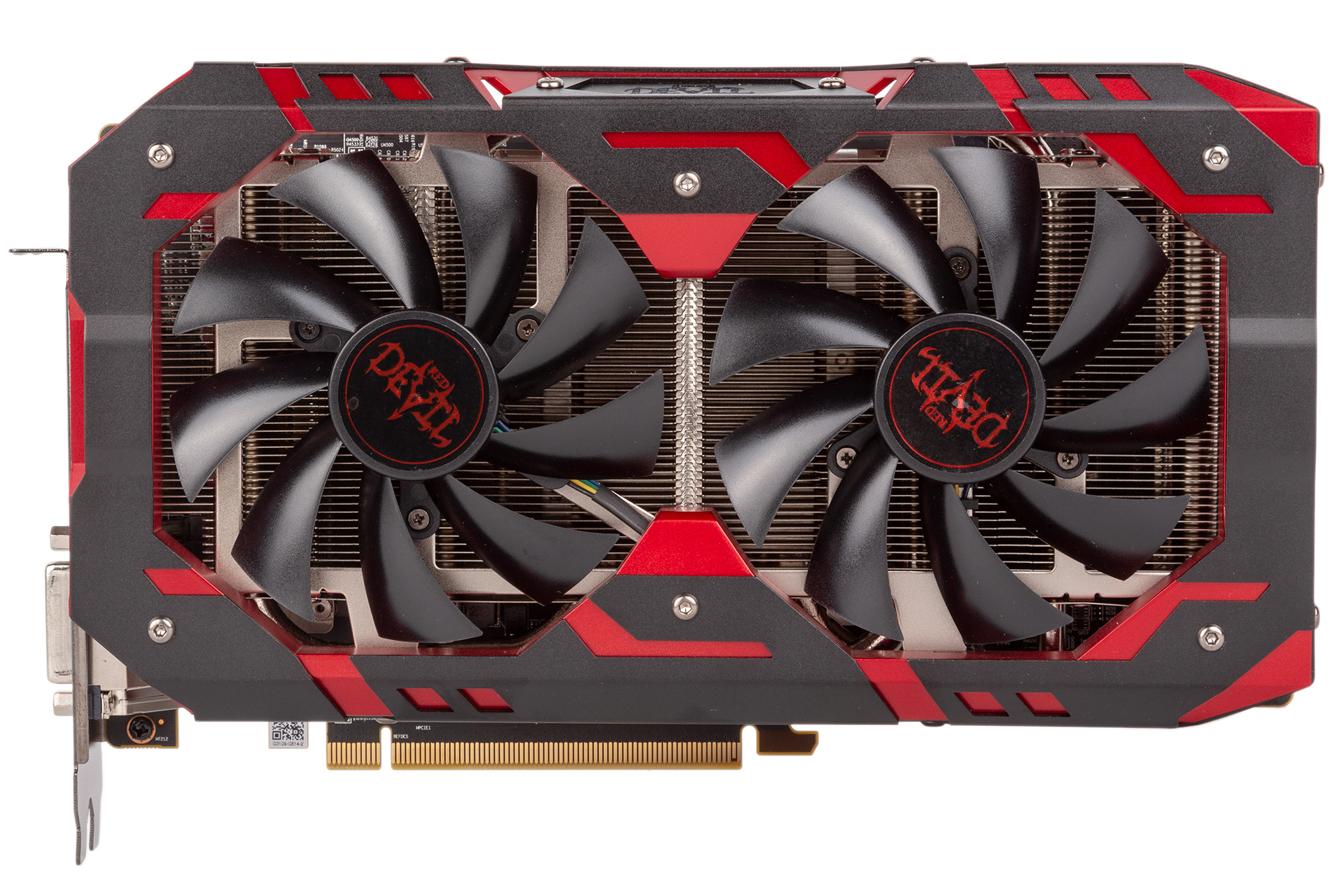
The two fans have nine blades apiece and sport dual ball bearings in the motors. PowerColor claims that this increases longevity by up to four times and efficiency by 20 percent – we assume this is relative to a single ball bearing design, but this isn’t actually specified. The fans are also advertised as semi-passive with 50°C listed as the temperature at which point they will switch off completely. However, PowerColor has made the baffling decision to only implement this in the Silent OC BIOS, so the default behaviour is for the fans to remain on at all times.

The heatsink is nice and hefty, sporting five heat copper pipes (four 8mm, one 6mm) with a composite design. These pass through a large copper baseplate and feed the singular large stack of aluminium fins. Nickel plating makes for a consistent finish that’s better looking than XFX’s exposed copper, and the design takes care of the memory and key VRM components too thanks to thermal pads.
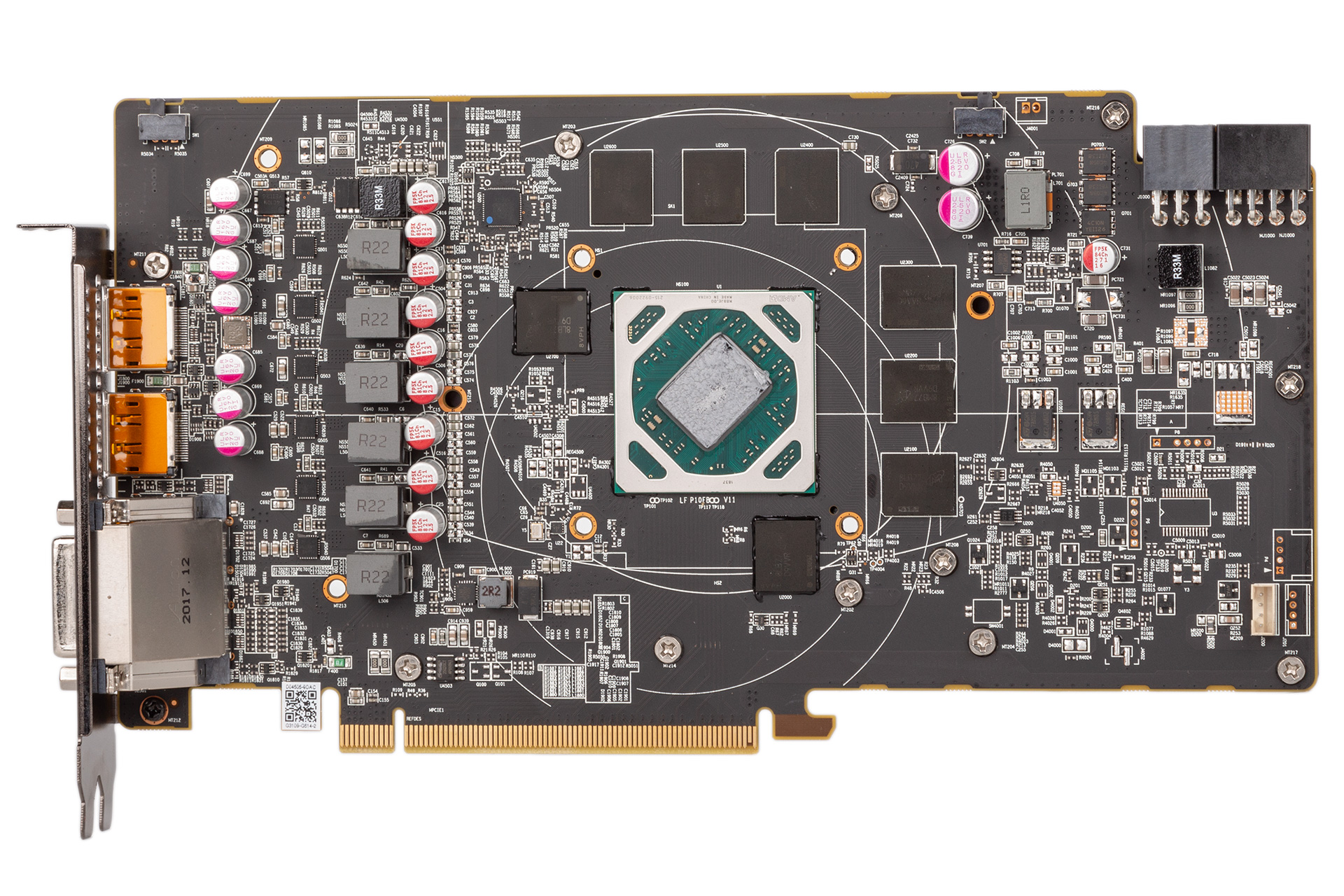
PowerColor, like XFX, deploys a 6+1 phase power configuration on its PCB. It uses DrMOS components, with claimed benefits amounting to superior power efficiency, better thermal protection, and lower power loss.
Specifications
- Graphics processor AMD Radeon RX 590, 1,576MHz boost (1,545MHz in Silent OC Mode)
- Pipeline 2,304 stream processors, 144 texture units, 32 ROPs
- Memory 8GB GDDR5, 8Gbps effective
- Bandwidth 256GB/sec, 256-bit interface
- Compatibility DirectX 12, Vulkan, OpenGL 4.5
- Outputs 3 x DisplayPort 1.4, 1 x dual-link DVI-D, 1 x HDMI
- Power connections 1 x eight-pin PCIe, 1 x six-pin PCIe, top-mounted
- Size 255mm long, 157mm tall, triple-slot
- Warranty Two years

MSI MPG Velox 100R Chassis Review
October 14 2021 | 15:04

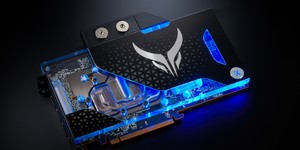

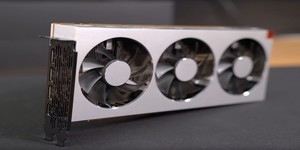




Want to comment? Please log in.